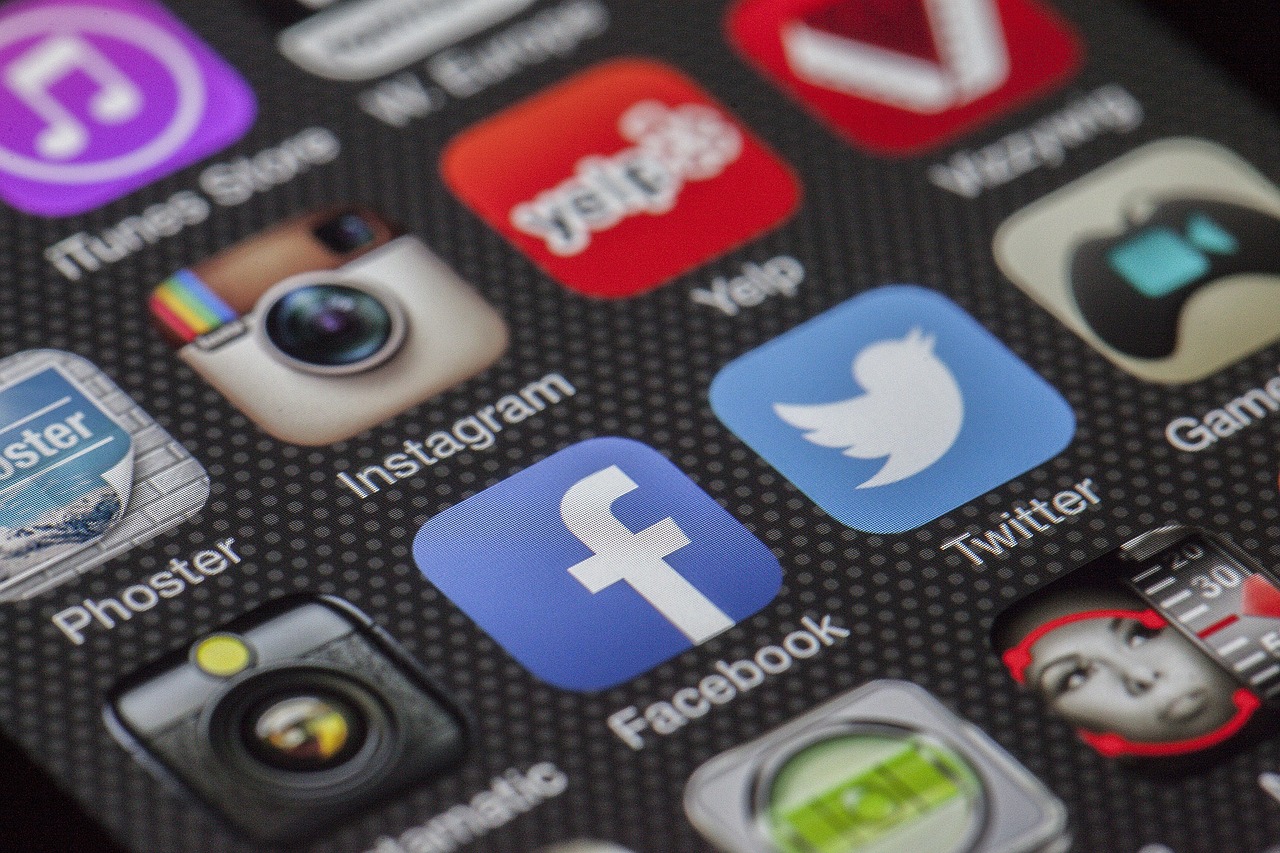How Generative AI is Redefining Technology

Generative AI, a rising star in the tech world, is pushing the boundaries of what is computationally possible. This form of artificial intelligence uses machine learning methods, particularly deep learning models like Generative Adversarial Networks (GANs), to create new data that closely resembles original input data. For instance, generative AI can generate realistic images, craft engaging text, or compose intricate music pieces. What sets generative AI apart is its creative capacity; it’s not just about recognizing patterns or making predictions but rather generating new, original content. For instance, it's the tech behind deepfakes, those eerily realistic synthetic media where people appear to say or do things they never did. And recently, OpenAI’s GPT-4 model, a stunning example of generative AI, made headlines for creating articles so compelling, they're virtually indistinguishable from those written by human writers. Its impact is staggering; redefining technology, and by extension, reshaping industries from entertainment to biotech to cybersecurity. With generative AI, we are venturing into an age where the boundary between human-generated and AI-generated content will blur even further.
Understanding Generative AI

Generative AI, a subfield of artificial intelligence, is swiftly taking center-stage in the technology landscape. Essentially, generative AI encompasses machine learning models that can produce content; this is contrary to predictive or descriptive models, which merely interpret or analyze existing data. A prime example of generative AI is GPT-4, developed by OpenAI, capable of creating remarkably human-like text. From writing poems and articles to generating code, its capabilities are impressive. Another well-known example is DeepArt's style transfer AI that can merge the style of one image with the content of another, creating original pieces of artwork. Generative AI has also entered the realm of music and video creation. For instance, OpenAI's MuseNet can generate 4-minute musical compositions with 10 different instruments, and Deepfake technology has showcased the ability to create convincing, altered video content. The expertise of generative AI is deemed to revolutionize industries, from advertising and entertainment to education and healthcare, by making content generation more sophisticated and personalized than ever before. With its potential to understand user preferences and tailor products accordingly, generative AI represents a major step towards the future of an AI-assisted world.
Applications of Generative AI

A significant example of generative AI's transformative potential is in content creation, where it's successfully used to generate written text, music, and even visual arts. In content marketing, companies have begun incorporating generative AI to automatically create written articles that maintain a consistent tone and style, significantly reducing the time required for content production. For example, The Washington Post uses a generative AI software called Heliograf to generate short reports and news updates. In the realm of music, apps like AIVA and OpenAI's MuseNet use generative AI to compose original scores, presenting revolutionary prospects for musicians and composers. Moreover, generative AI has also found its place in visual arts, whereby artists are now collaborating with AI to create dynamic, unique pieces. Using GANs and stable diffusion, artists are producing artwork that would have been impossible or unimaginably labor-intensive without the aid of AI. Generative AI, with its diverse applications, is not just augmenting human capabilities, but entirely reshaping multiple aspects of technology, thereby delivering on its potential to revolutionize industries.
Industries Redefined by AI

The transformative power of generative AI has been a game-changer across numerous industries, pushing technological frontiers beyond the conventional. For instance, the automotive industry, previously reliant on costly physical prototypes, leverages generative AI to simulate car designs, optimizing performance and safety parameters. This collaborative synergy between AI and human designers fosters a rapid development process without compromising practicality or aesthetics. In healthcare, generative AI contributes to drug discovery by predicting numerous molecular structures with less time investment, potentially expediting the route to groundbreaking cures and therapies. In the entertainment industry, artists use generative AI to create unique music or artwork, pushing creativity to greater heights. AI’s strengths in identifying patterns and intricate details helps in the creation of realistic deepfakes and virtual reality experiences. These advancements are not only redefining respective industries but proving that when technology and innovation intersect, the possibilities seem endless. The ceaseless exploration of the endless potential of generative AI appears to harbor promises of even more unprecedented tech-led industrial redefinitions in the future.
Risks and Challenges

In the realm of risks and challenges, it is important to note that generative AI, like any innovative technology, raises a myriad of concerns. One notable risk is the potential misuse of this technology for malicious purposes such as deepfake creation. Deepfakes, highly realistic forgeries of photo, audio, or video content, pose a significant threat to personal privacy and security, given their potential to convincingly mimic real-life identities. Another risk is the increased challenge of digital rights management. As generative AI proliferates, identifying original content creators becomes even harder, amplifying the potential for copyright infringement. Further, excessive reliance on algorithms can lead to ethical dilemmas. For instance, if generative AI is employed in decision-making processes, the lack of human oversight could lead to bias, discriminatory practices, or even unethical decisions. Finally, efforts to regulate generative AI face legal and technical hurdles, due to the rapid evolution and complexity of this technology. Thus, while generative AI promises remarkable advances across various sectors, these risks and challenges must be carefully managed to ensure ethical, legal, and safe implementation.
Conclusion: AI's Tech Influence

In conclusion, it's undeniable that generative AI is making an influential mark in the tech industry. This emerging technology, capable of crafting simulations, composing music, synthesizing speech, and even generating realistic images, is revolutionizing multiple facets of technology, from entertainment to scientific research. Furthermore, generative AI’s impact can be seen in gaming, with Proximie using this technology to create immersive virtual reality experiences. There is also use in scientific simulations, where this technology can drastically reduce the time needed to study complex phenomena. For instance, nanoscale modeling can now be done with much less computational power and time, thanks to generative AI. On the whole, integrations of generative AI are leading to unprecedented leaps in technology, paving the path for a future marked by data-driven innovation.
